11 Rare Animal Species That Are Almost Extinct
“Critical Endangered Animals Nearing Extinction”
- Many animal species are nearing extinction due to habitat loss, poaching, and climate change.
- Rare species are at risk of disappearing permanently.
- The article explores challenges and conservation efforts.
- Highlights the urgent need for conservation of marine mammals and unique land creatures.
Vaquita (Phocoena sinus)
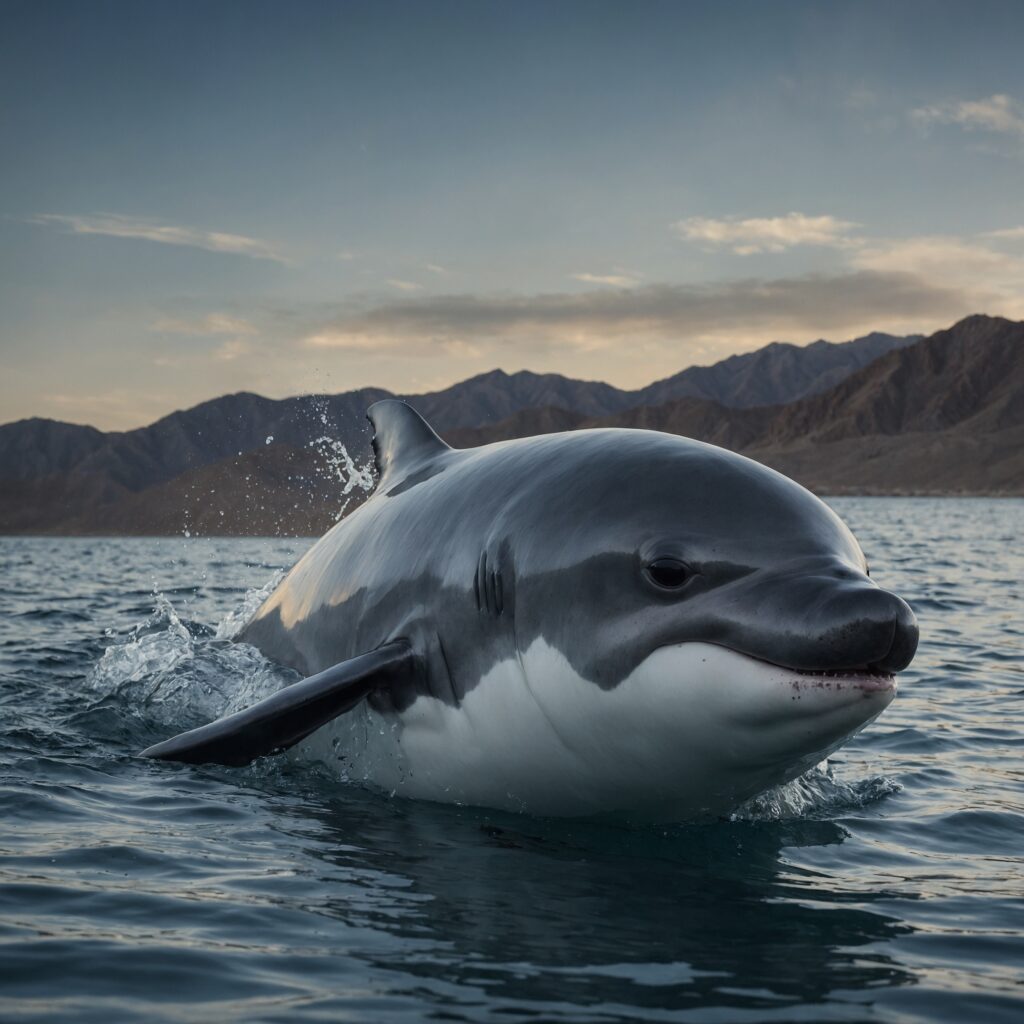
Vaquita Conservation Challenges:
- Vaquita, a critically endangered porpoise species, is one of the rarest marine mammals globally.
- Found in the Gulf of California, Mexico, with fewer than 10 individuals left.
- Threatened by habitat degradation and illegal fishing practices.
- Primary threat is entanglement in gillnets used to catch totoaba fish.
- Conservationists have attempted to ban gillnet fishing and create protected areas, but enforcement remains challenging.
- Slow reproduction rate exacerbates the problem.
- Efforts to rescue include relocation to safer waters, but no successful relocation has been achieved.
- Future of Vaquita is uncertain, with threats of their extinction within the next decade.
Amur Leopard (Panthera pardus orientalis)
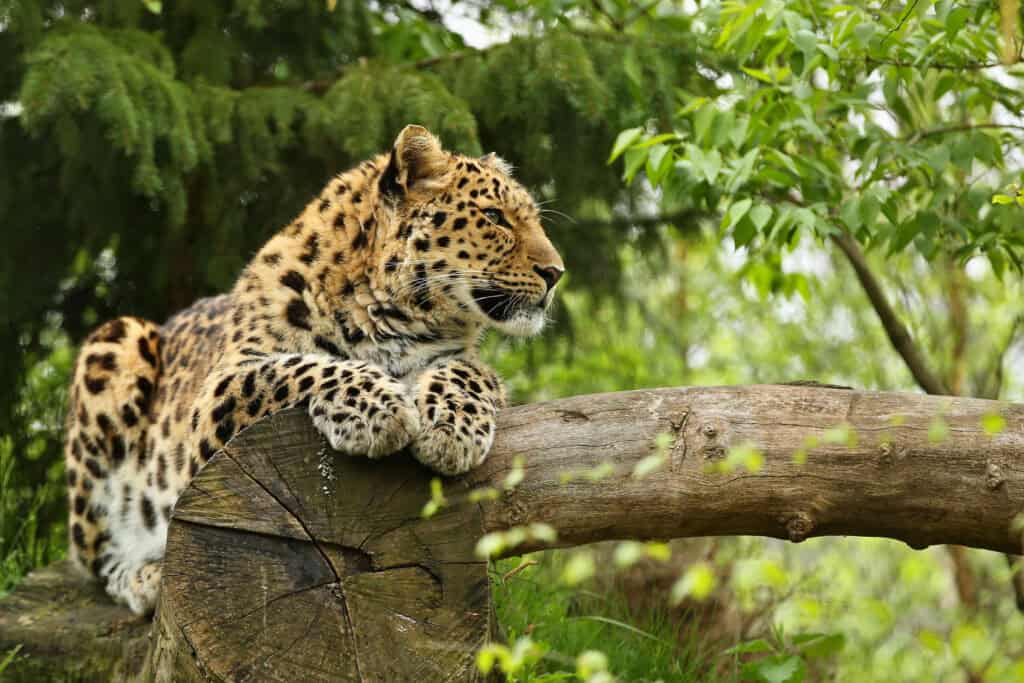
Amur Leopard Conservation Challenges:
- Rarely found in temperate forests of the Russian Far East and northeastern China.
- Habitat loss due to deforestation and poaching.
- Distinctive golden-yellow coat targets illegal hunting.
- Climate change disrupts habitat, affecting prey species.
- Vulnerable to further population decline due to solitary nature and large territory requirements.
- Conservation efforts include anti-poaching programs, habitat restoration, and protected areas.
- Land of the Leopard National Park serves as a sanctuary for the remaining population.
- Critically endangered species, with potential extinction without continued conservation investment.
Javan Rhino (Rhinoceros sondaicus)
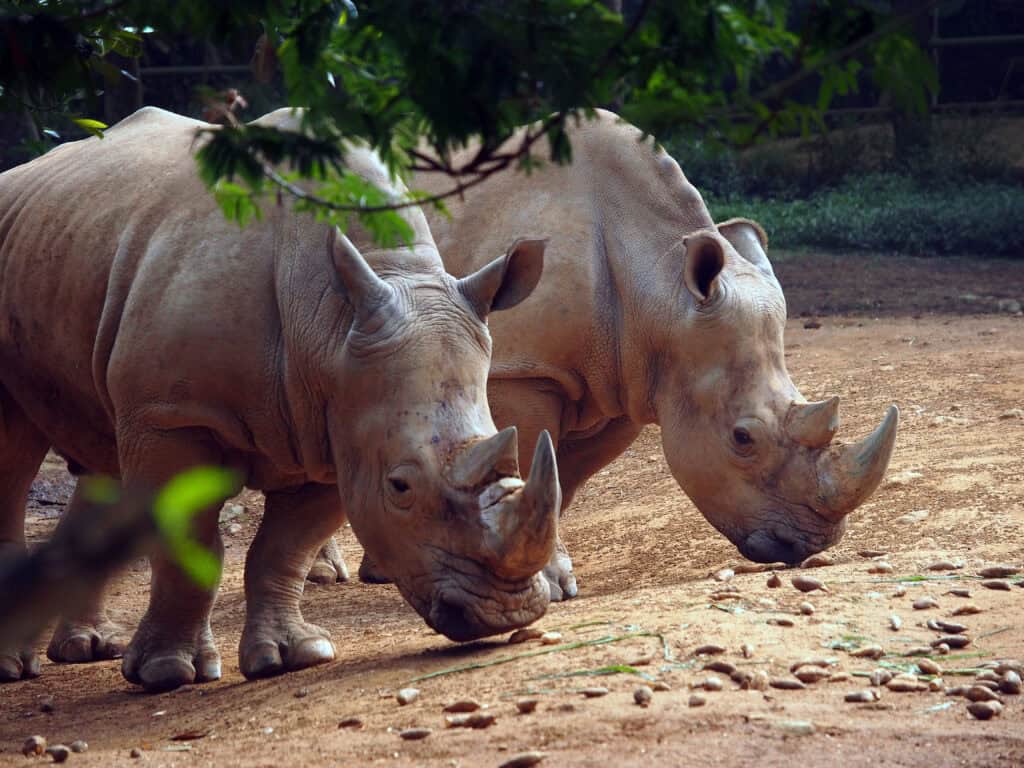
Javan Rhino: A Threat to Survival:
- Javan Rhino is a rare and elusive mammal, with only 75 individuals left in Ujung Kulon National Park, Indonesia.
- Historically roamed throughout Southeast Asia, but habitat loss, poaching, and human encroachment have reduced its population.
- Known for its smooth skin and smaller size, with a single horn covered in mud.
- Major threats include habitat destruction for agriculture, volcanic eruptions, and disease outbreaks.
- Reproduction rate is low, with females only giving birth every three years.
- Conservationists monitor the population and protect its habitat, but few options exist to expand its range.
- Experts warn of functional extinctment within the next few decades.
Kakapo (Strigops habroptilus)
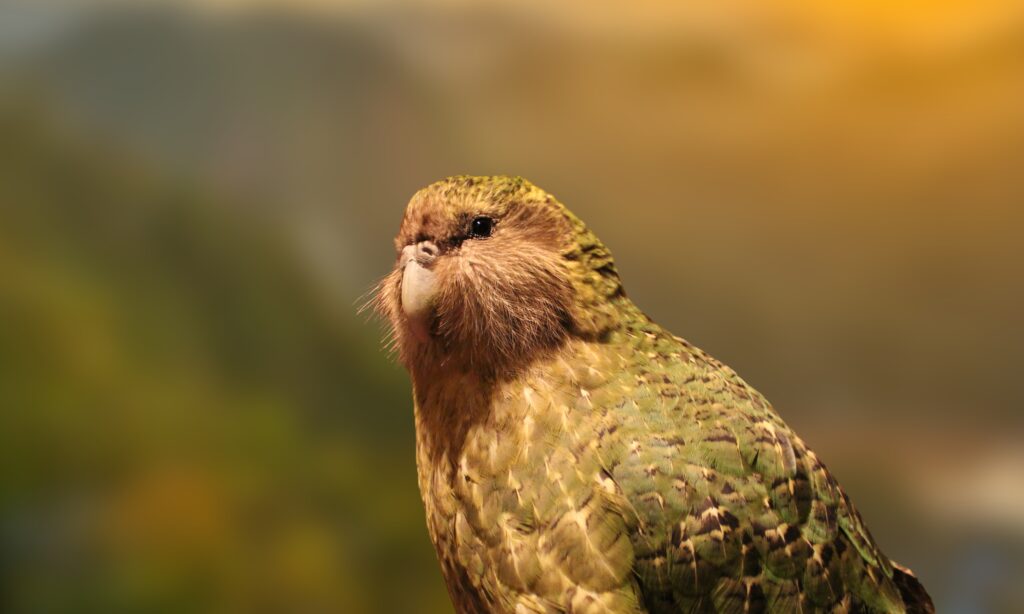
Kakapo Conservation and Recovery:
- Kakapo, a flightless bird native to New Zealand, is critically endangered with only 250 individuals left.
- Human introduction of rats, stoats, and cats decimated the population.
- The bird’s inability to fly and low reproductive rate make it vulnerable.
- Conservation efforts include a “head-start” program and a monitored breeding program.
- Despite challenges, the Kakapo population is slowly growing.
- Genetic diversity remains a concern, and long-term survival is uncertain without intervention and active management.
Sumatran Orangutan (Pongo abelii)
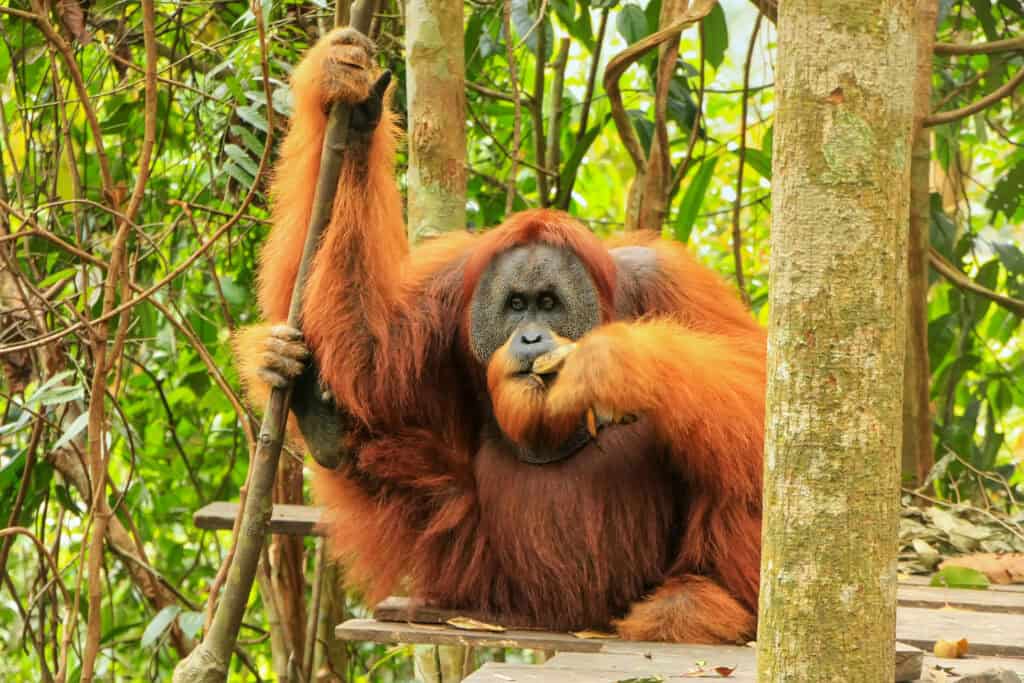
Sumatran Orangutan Endangerment:
- Sumatran Orangutan, found in Indonesia’s rainforests, is critically endangered with fewer than 15,000 individuals.
- Habitat loss due to palm oil plantations, illegal logging, and human encroachment has led to population decline.
- The orangutan’s complex social structures and relationships with their environment limit their ability to find food and mate.
- Slow reproduction rate limits population growth.
- Conservationists have protected large forest tracts and promoted sustainable palm oil production, but deforestation remains a critical threat.
- Human-wildlife conflict, especially with farmers, increases risks.
- Efforts to rehabilitate orphaned orangutans have been successful, but the species remains at risk of extinction.
Yangtze Giant Softshell Turtle (Rafetus swinhoei)
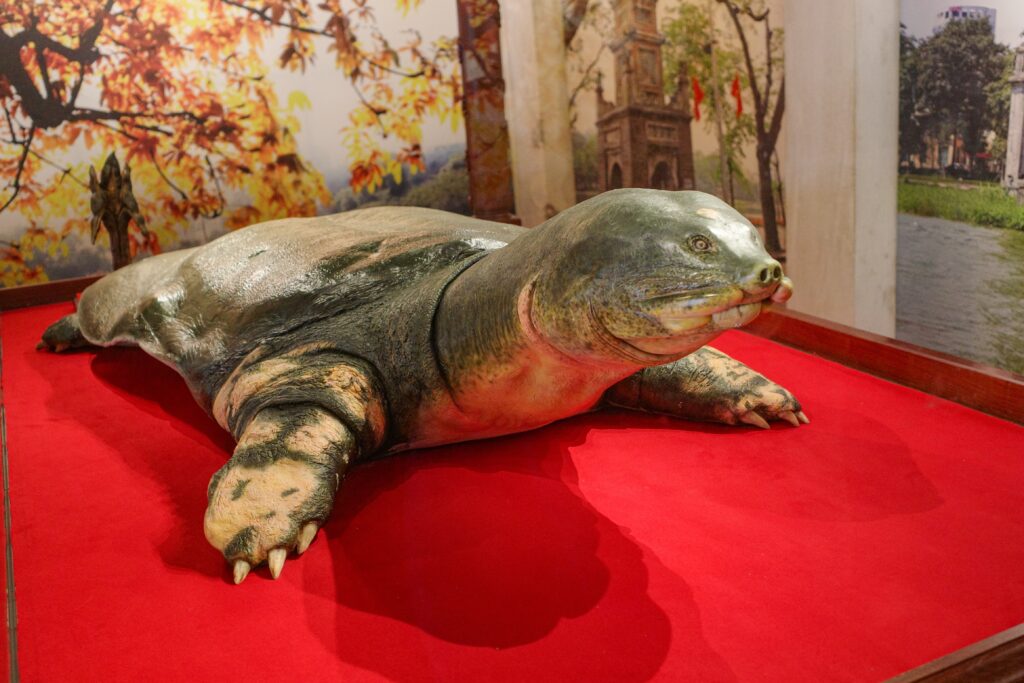
Yangtze Giant Softshell Turtle: A Rare and Endangered Species:
- One of the world’s rarest animals, with only three known individuals.
- Known for its large, flat shell and long neck.
- Previously thrived in the Yangtze River.
- Population decline due to pollution, habitat loss, and hunting.
- Slow reproduction, with females laying only a small number of eggs.
- Last known female in captivity died in 2018.
- Conservationists have attempted artificial insemination and breeding, but future remains uncertain.
- Highlights need for stronger conservation programs in China’s freshwater ecosystems.
Spix’s Macaw (Cyanopsitta spixii)
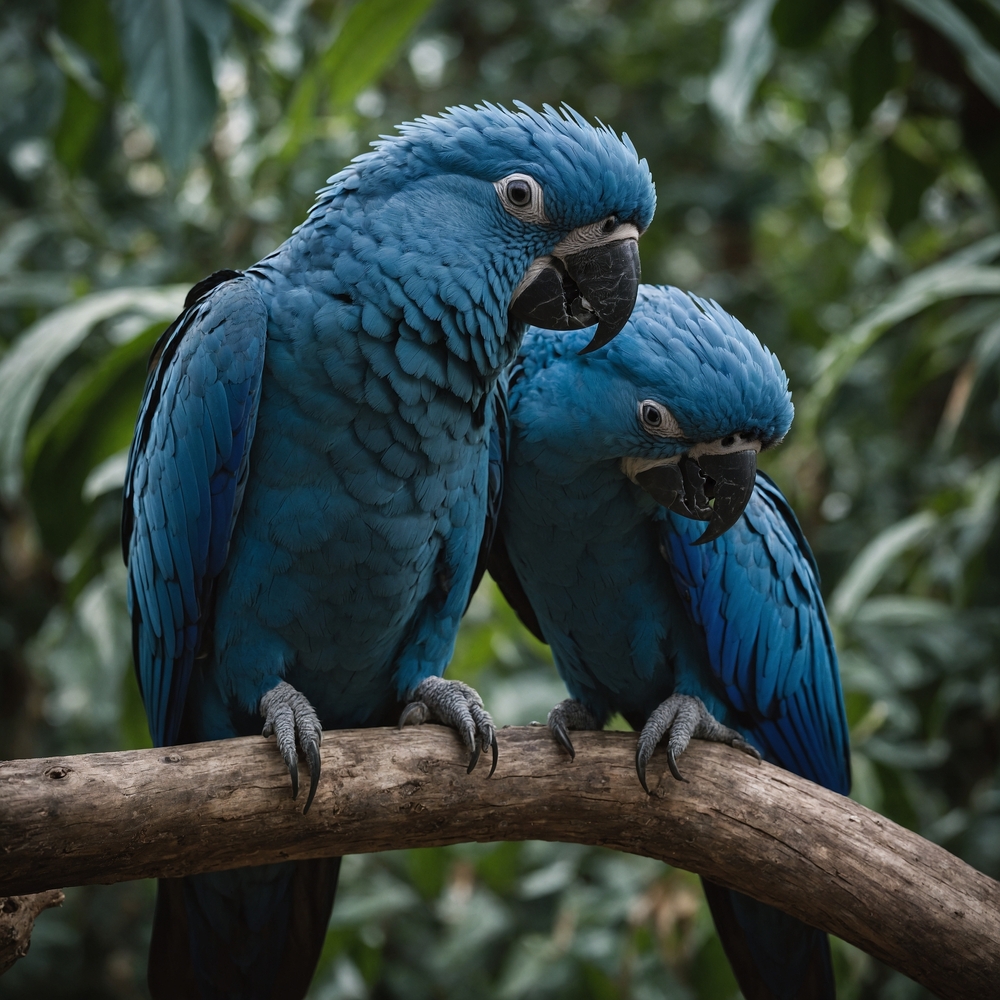
Spix’s Macaw: A Threatened Bird
- Declared extinct in the wild in 2000, but captive breeding programs have revived the species.
- Native to Brazil, the last known wild Macaw was found in 2000.
- Habitat destruction and illegal pet trade led to rapid decline.
- Conservationists have successfully bred several hundred in captivity.
- Plans to reintroduce the species into the wild focus on protected areas and habitat restoration.
- Challenges include small gene pool and adaptation to wild conditions.
- Further funding and international cooperation are needed to prevent extinction.
Saola (Pseudoryx nghetinhensis)
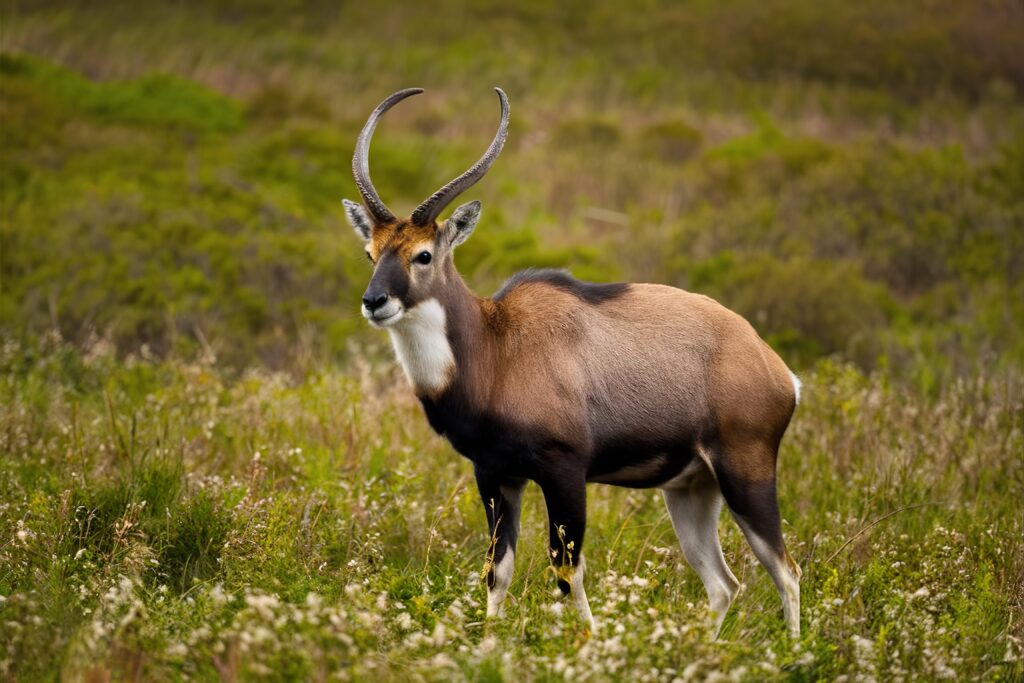
Saola: A Rare Mammal
- Discovered in 1992 in the Annamite Mountains, Vietnam-Laos border.
- Known for its solitary nature and distinctive long, straight horns.
- Habitat destruction and poaching have reduced its numbers.
- Conservation efforts hampered by terrain and political challenges.
- Sensitive to human activity, including road construction and habitat encroachment.
- Conservationists monitor through camera traps, but much of its range remains inaccessible.
- Potential extinction due to cryptic behavior, small population, and habitat fragmentation.
Northern Bald Ibis (Geronticus eremita)
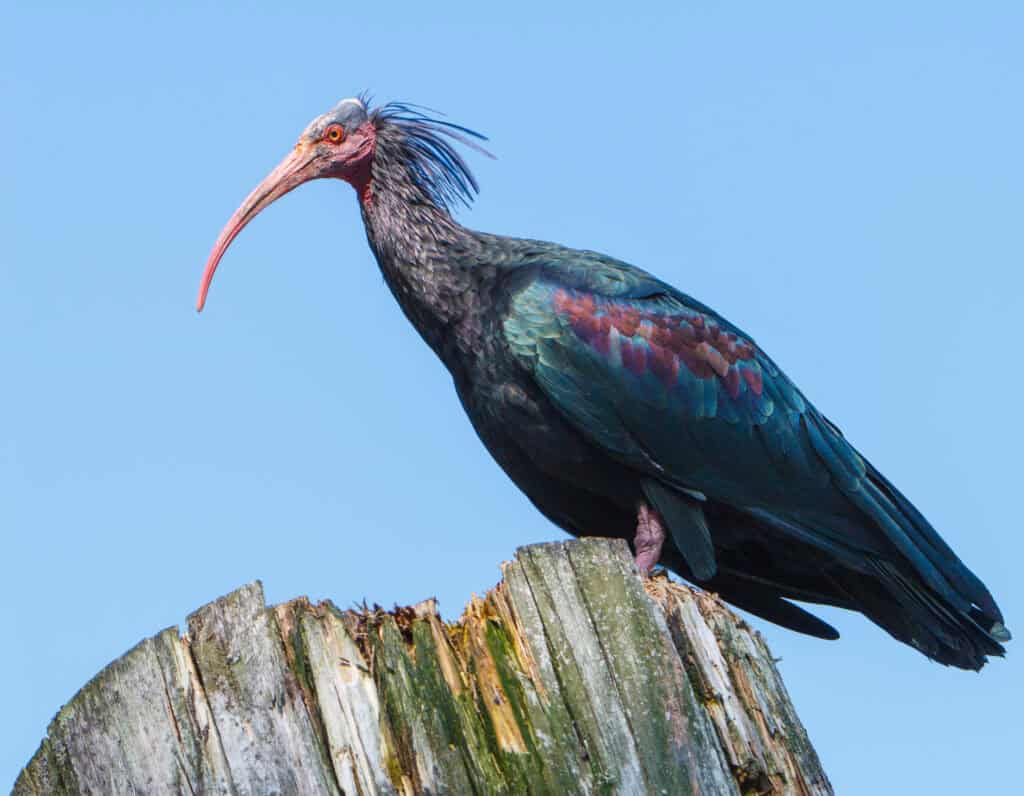
Northern Bald Ibis: Threat to Survival
- Migratory bird species with populations in Europe, Middle East, and North Africa.
- Characterized by distinctive bald head and long, curved bill.
- Habitat destruction and human activity have led to significant decline.
- Fewer than 100 breeding pairs remain, mainly in Syria, Morocco, and Turkey.
- Threats include wetlands destruction, agricultural encroachment, illegal hunting, and human settlement disturbance.
Sunda Pangolin (Manis javanica)
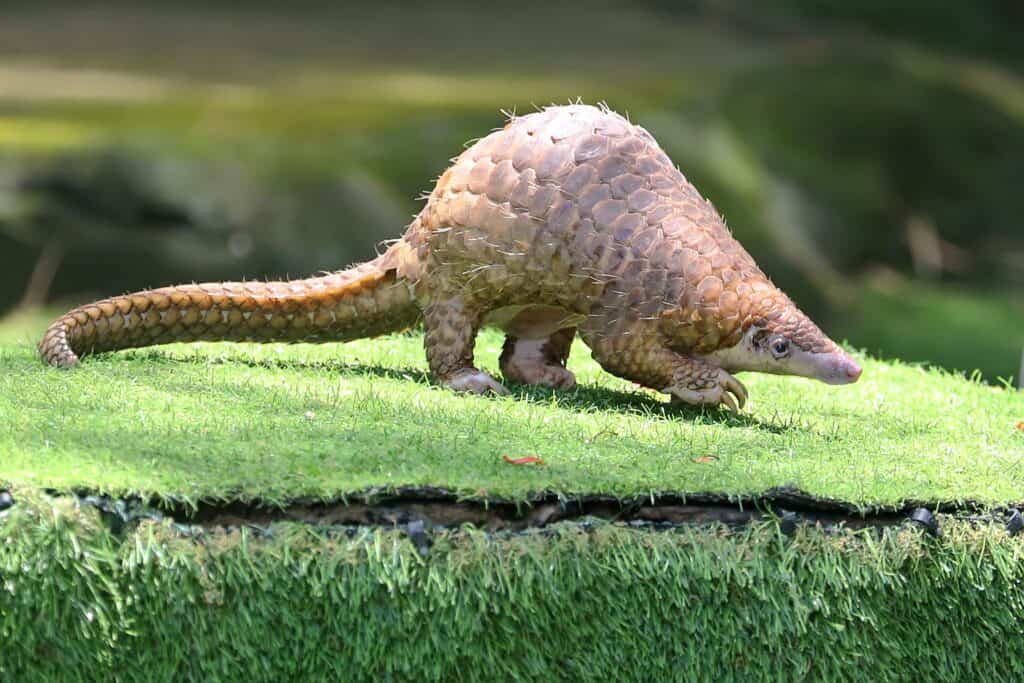
Sunda Pangolin Endangered in Southeast Asia
- Population is rapidly declining due to poaching and habitat destruction.
- Covered in keratin scales, hunted for meat and traditional medicine.
- Habitat loss due to palm oil plantations and agricultural expansion threatens survival.
- Found across Malaysia, Indonesia, and parts of Thailand.
- Conservation efforts focus on curbing illegal trade and protecting forests.
- High demand for pangolins makes monitoring challenging.
- Efforts to rehabilitate confiscated pangolins are increasing, but ongoing demand poses a challenge.
- Awareness campaigns are reducing consumption, but global protection remains a pressing issue.
Hawksbill Sea Turtle (Eretmochelys imbricata)
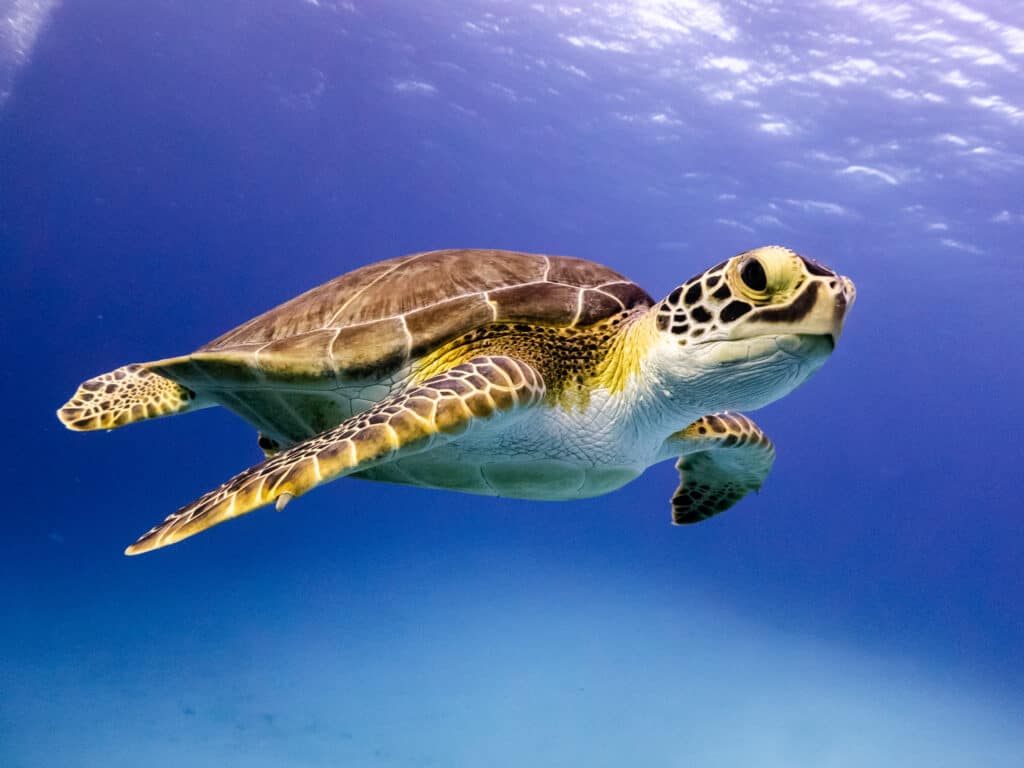
Hawksbill Sea Turtle Endangerment
- Critically endangered with fewer than 25,000 nesting females worldwide.
- Poached for shell, prized in illegal ivory trade.
- Habitat destruction, especially loss of coral reefs.
- Climate change disrupting nesting sites and skewing sex ratios.
- Found in tropical and subtropical waters globally.
- Conservation efforts include reducing shell demand, protecting nesting sites, and implementing turtle-friendly fishing.
- Several countries have established marine protected areas.
- Despite efforts, illegal trade and unsustainable fishing continue to threaten the species.
- Recovery slow, but with international collaboration, recovery could begin.
